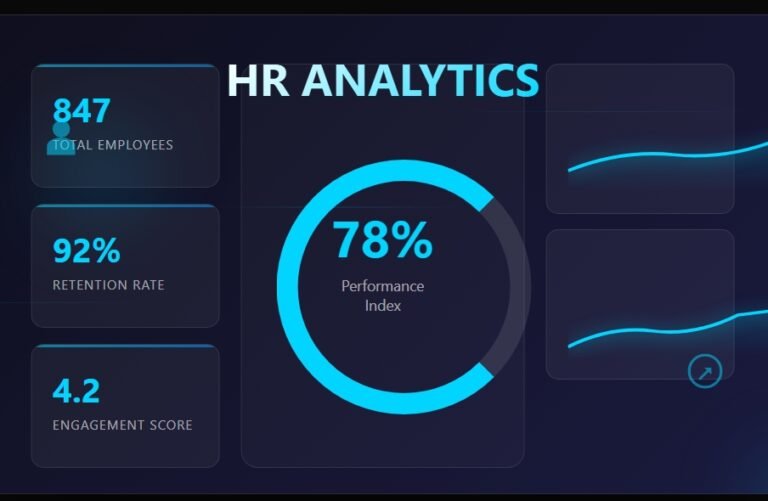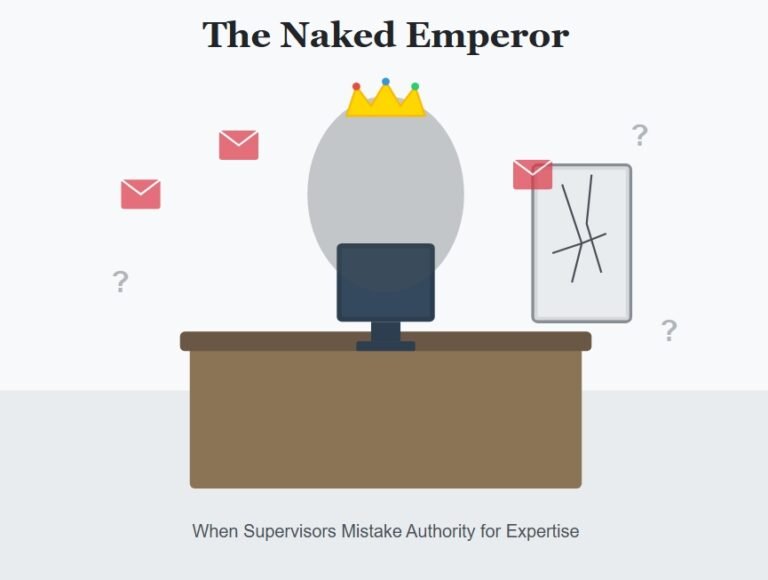The progressive discipline model is one that has been used in American workplaces
for more than a century. It is written into many, if not most, union contracts as a
requirement to assure management treats its members appropriately when problems arise. Yet
some people contend that this model is not as effective as the coaching model. Even the
Huffington Post (www.huffingtonpost.com) endorses this approach in its blog article
“A Respectful Way to Discipline Employees.”
In small organizations, discipline and termination are handled without many written
procedures. The “boss” simply tells one of the employees that they are being disciplined
because of a specific infraction. In larger organizations, the procedures for disciplinary
action are written down in a step-by-step format and followed by managers.
Usually, discipline and termination are a multistep process. It doesn’t have to be a
formal process, but it can be. Here are the typical steps in that process:
• Oral warning. Observing the employee violating a policy, procedure, or
instruction. In a personal discussion with the employee, the boss explains the
problem and issues a verbal warning that the problem should not happen again.
• Written warning. Observing the employee doing the same behavior for
which they received the oral warning. This is an “escalation” of discipline to
the next step. A warning in writing should explain the infraction and why
it is unacceptable. It should also explain the consequence of the same thing
happening again.
• Suspension. Although this step is not always included in the process, it is
available for use to emphasize to the employee how serious the behavioral
problem is. In many cases, a suspension will be unpaid time off. It can last
from a day to several weeks. The length of time should be dependent upon the
seriousness of the behavioral problem and the employee’s length of service.
• Termination. The final stage of the disciplinary process is removing the
employee from employment. Use of this step acknowledges that the employee
cannot be salvaged.
Progressive Discipline Model
Traditional Discipline System Approach:
Goal: Discipline
Problem ownership: Supervisor
Supervisor’s mindset: Document, and build a case for termination
Communication style: One-way, parent-to-child, ends with a threat
Outcome: Fear, anger, resentment
Counseling Approach
Goal: Problem solve
Problem ownership: Employee
Supervisor’s mindset: Understand the root cause
Communication style: Two-way, adult-to-adult
Outcome: Commitment to change behavior
and increase performance or, if
the employee does not want to
make a change, resignation.
Employers can avoid locking themselves into strict disciplinary procedures if they
provide a policy for discretionary disciplinary decisions based on the circumstances of a
situation. Policies containing hard rules about steps to be used in the process can prevent
flexibility and discretion.
NOTE. Whatever disciplinary procedures you elect to use in your
organization, they should be applied consistently in similar situations. It is
not a good idea to treat people differently when their situations are similar.
That will surely land you in court or present you with a union grievance.
Preventive Measures. The best prevention is great communication. Be sure each
employee is clear about the specific expectations you have for their performance. Help
them understand how their personal contribution fits into the team and company efforts.
Making sure people understand their personal importance to the employer’s success is
critical in preventing any behavior problems. It is only when expectations are not met
that there are problems. So, be sure everyone understands the expectations that relate to
them.
Providing Due Process. Due process is making sure employees receive all the protections
to which they are entitled and is part of what contributes to the Covenant of Good
Faith and Fair Dealing. It means that every employee will be given an opportunity to
hear that there is a problem with their behavior, be it conduct or production, and then
given it a chance to change the behavior. Progressive discipline is one approach to
providing employees with due process.
Constructive Discipline. It’s not an oxymoron. Constructive discipline can exist. It
is the positive outcome of the disciplinary process. It means that even though employees
are being disciplined, they understand why, and the treatment is fair within the
circumstances.
HR’s Role in Discipline. HR professionals are the coaches for line managers and supervisors.
It is Human Resources’ responsibility to track disciplinary cases, counsel managers on how to
handle disciplinary interviews, encourage employees when they discuss their problems,
and nudge all parties toward a positive outcome. HR is the expert in how to discipline
appropriately. As such, teaching supervisors is a key responsibility of the HR department.
And, encouraging employees with problems to do better is also part of the role HR plays.



